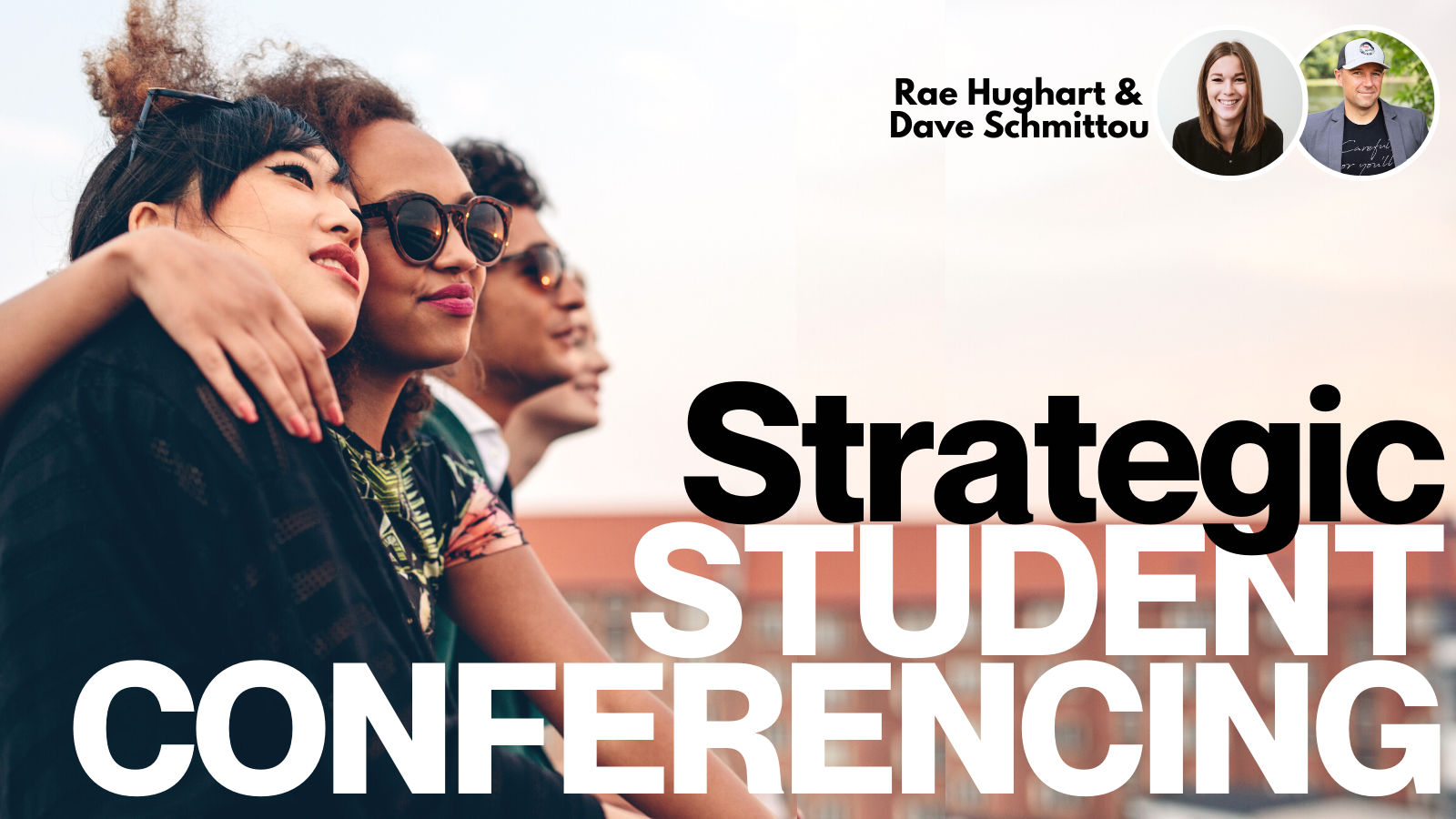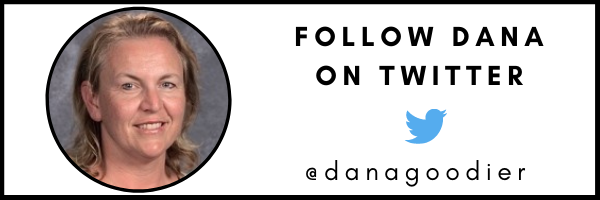TL;DR:
- Make sure to purposefully include time for student conferencing in your plans.
- During a conference, the student is able to monitor their progress and get clarification about assignments.
- The teacher is able to guide the student to use individualized study strategies. They can also monitor the students’ progress and help them set attainable goals.
As we go into the last 2 months of the school year, it’s important to purposefully include time for student conferencing. You may be seeing your students in person every day, have students on a rotating hybrid schedule, or are ending the year online. No matter your school’s pandemic protocol, both you and your students will greatly benefit from student conferencing.
Ultimately, this year has given teachers some built-in time during hybrid and remote schedules to have “office hours” where we have been able to schedule student conferencing time. If you haven’t yet been able to find a block of time during the week to meet with your students, it’s important to start putting them on a schedule as we wrap up the year. This block of time can even take place during class time while peers are working, if necessary.
Make sure to purposefully include time for student conferencing into your plans.
During a student-teacher conference, the student is able to monitor their progress, get clarification from their teacher about assignments, and set attainable goals with their teacher. Click To TweetWhy is student conferencing so important?
There are benefits for the teacher and student alike. During a student-teacher conference, the student is able to monitor their progress. They can get clarification from their teacher about assignments. And they can set attainable goals with their teacher.
The teacher is able to guide the student to use individualized study strategies. They can monitor the student’s progress with them. And they can help them set attainable goals (source: K12 Teacher Staff Development).
If you are looking for tangible tools to use with your students during student-teacher conferences, John Spencer, a former middle school teacher and current college professor, offers a 5-minute student conferencing tool on his website. The tool you develop can be as simple or as complex as you need it to be. I often used a tool of no more than 5 questions. I also set a timer to ensure the conferences are no more than 10 minutes long, on average.
[scroll down to keep reading]
Another question is, how often should you conference with your students?
I suggest as often as every second or third week. Another great time to fit in student conferences is at the end of a unit when the student’s summative assessment has been returned to them. This way, you are able to discuss their learning during the unit and what they may not have fully comprehended.
It would also be a good idea to meet with your students prior to the summative assessment if you feel like you haven’t been able to determine students’ growth enough through formative assessments during that unit. At the elementary and middle school level, these conferences can take place after getting results back from benchmark assessments (such as iReady and Dibels).
Another way to conquer the task of conferencing with all your students is to divide up the students among teachers if you are co-teaching with an ELL or SPED teacher. In a cohort group of middle schoolers, where all students in that cohort have the same core teachers, this can easily be accomplished. The science, math, P.E., language arts, and social studies teachers each take a fifth of the 125 students who may be part of that cohort or “pod.”
Eventually, you will be able to fit in more time to conference with your students and it will become “second nature” to have these once or twice a month meetings with each student.
Resources
Individualized Student-Teacher Conferences. (n.d.). Retrieved from https://k12teacherstaffdevelopment.com/tlb/learn-how-to-effectively-use-student-teacher-conferences-in-the-classroom-for-enhanced-individualized-learning/
About Dana Goodier
Dr. Dana Goodier has 20 years of experience in education. She has taught World Languages and English and worked as a middle school administrator. She completed her doctorate degree (Ed.D.) in Educational Leadership early 2020. For her dissertation, she researched reasons parents were opting their students out of high-stakes testing at middle schools and how that affected the district accreditation rating. She often speaks at conferences, providing educators with techniques to minimize off-task behavior and to increase time on task. She is the host of the “Out of the Trenches” podcast, which features educators who share their stories of resiliency. Follow her on Twitter @danagoodier and visit her website at: www.danagoodier.com



